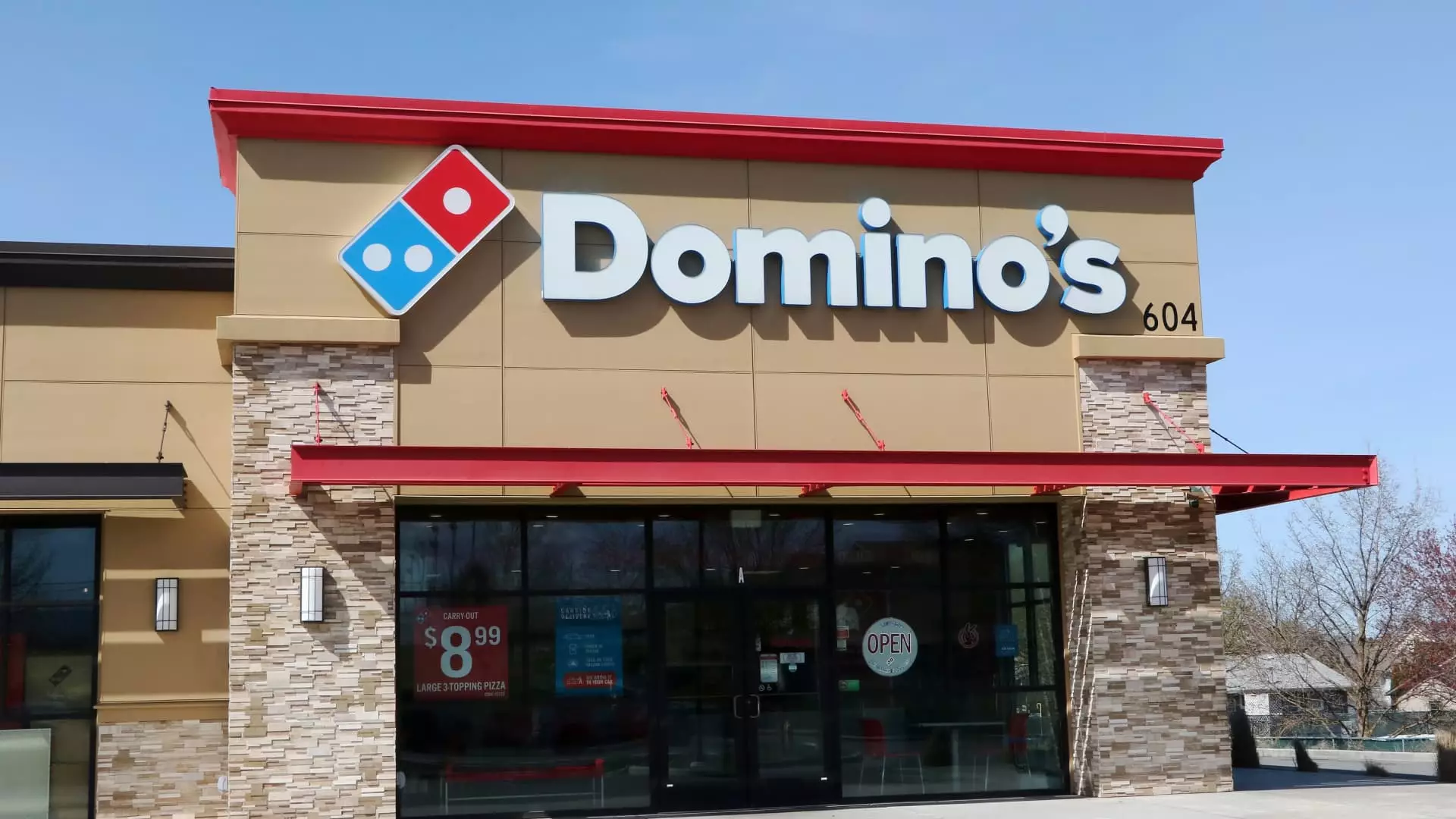In the rapidly shifting landscape of the fast-food industry, Domino’s is positioning itself as a daring contender that refuses to ride the waves of market hesitation passive consumers often succumb to. The company’s leadership demonstrates a confident belief that the headwinds faced by the broader sector—rising inflation, cautious spending—are, in reality, opportunities for aggressive market share expansion. Rather than retreat, Domino’s is leaning into innovation and value offers that resonate with cost-conscious consumers, a stance that sets it apart from competitors merely offering generic discounts.
Their recent introduction of stuffed crust pizza, along with targeted value campaigns such as the “$9.99 Best Deal Ever,” illustrates a tactical focus on high perceived value that appeals across income brackets, including traditionally overlooked low-income segments. This strategic emphasis on “value where it matters most” suggests Domino’s understands that consumers are increasingly scrutinizing their dollar and seeking meaningful savings rather than superficial deals. The company’s confidence in this approach signals a shift in the competitive paradigm: it’s not just about slashing prices but intelligently positioning products as affordable luxuries, even amid economic downturn.
Rejecting the Conventional Fast-Food Playbook
Unlike many of its peers that dig into the standard playbook of value menus and combo meal promotions, Domino’s is emphasizing quality and innovation, projecting an image of intelligence rather than desperation. Their CEO’s assertion that competitors are offering deals on “second choices” underscores a critical insight: consumers are more discriminating now. They want value on what they genuinely desire, not just cheap alternatives.
This perspective is refreshing and necessary. Fast-food giants like McDonald’s or KFC have been locked into a cycle of discounting that treats the economy as an obstacle rather than an impetus for reinvention. Domino’s, in contrast, appears willing to challenge this norm by asserting that value can be rooted in product differentiation and customer experience, not merely price cuts. Their willingness to stand behind their product offerings, even during economic downturns, illustrates a nuanced understanding of consumer psychology.
Market Shifts and the Cultural Challenge of Evolving Consumer Habits
However, Domino’s does not operate in an economic vacuum. Its optimistic outlook must contend with the harsh realities of consumer behavior—particularly, that economic hardship often pushes people to prioritize home-cooked meals or cost-effective alternatives over dining out. While Domino’s claims to be growing across all income tiers, the underlying challenge is balancing premium innovation with affordability.
The company’s admission that if prices grow too high for delivery customers, they may revert to eating at home, highlights the fragile tightrope walk it faces. Market competition is not just about attracting customers but retaining them through genuine value, not just promotional noise. Moreover, the recent underwhelming earnings report, partly impacted by specific charges like the China licensee’s investment loss, underscores that Domino’s growth hinges significantly on internal and external factors beyond pricing strategies alone.
Balancing Innovation and Prudence in a Market of Uncertainty
While Domino’s appears poised to leverage economic headwinds as a chance to grow, doubt remains about whether aggressive promotions will sustain momentum long-term. The fact that their earnings missed Wall Street estimates signals the complexity of maintaining this growth trajectory in a volatile economic climate. This is where critical self-analysis must take root; Domino’s needs to scrutinize whether its current approach is a sustainable response or a temporary fix.
Additionally, rival companies like Chili’s, which are investing in positioning their full-service experience as a value proposition relative to fast-food, demonstrate that the culinary landscape is diversifying in response to consumer demands. The broader takeaway is that consumers are seeking authentic, high-quality experiences at the right price—something Domino’s aims to deliver but must continually refine.
In essence, Domino’s strategy of embracing value-driven innovation, while navigating the risks of economic fluctuation and shifting consumer preferences, suggests a calculated gamble that could redefine industry standards. Whether it results in lasting market dominance or serves as a fleeting surge will be determined by their ability to stay adaptable, transparent, and genuinely customer-centric in the months ahead.


Leave a Reply